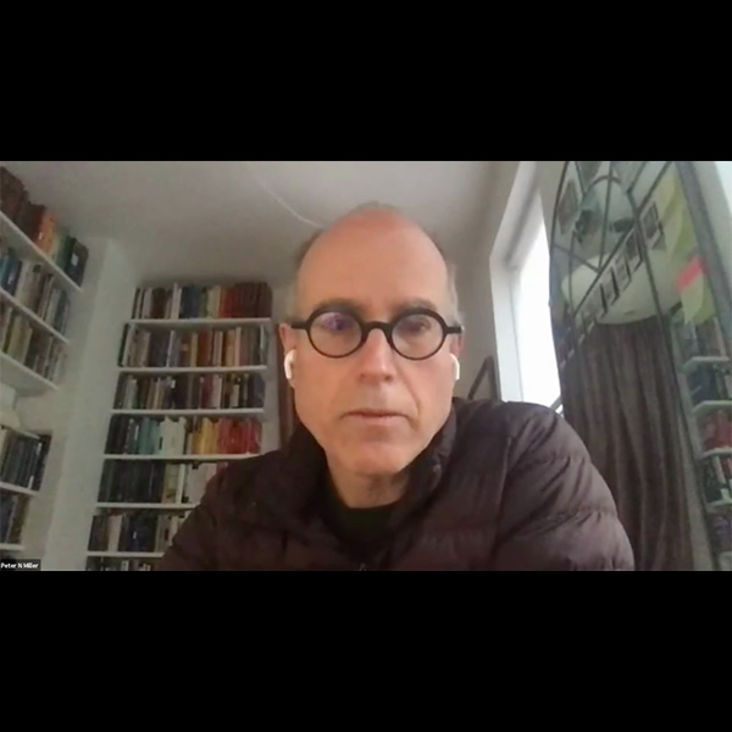At the beginning of this month, our second-year MAs submitted their qualifying papers, the capstone work of their Bard Graduate Center student career. Later in May, we celebrate their work with a symposium scheduled just before commencement. The work that we celebrate is “research.” Doing it well—that’s our “rite de passage.” And by “our” I don’t mean only BGC’s. Because all graduate training is about getting students to that moment when they go from being consumers of other people’s learning—all those books on library shelves and articles in journals—to being producers themselves, and so being ready to be read by others. At the heart of that moment is the doing of research.
Research is literally at the heart of BGC: our main building on West 86th street was excavated down to bedrock so that our heaviest books were most securely supported and the upper floors were reinforced to carry the heavy loading of books. Teaching spaces were constructed for seminar tables—because since the nineteenth-century birth of the modern university, the research seminar has been the vehicle for shaping the next generation of scholars. The outward-facing life of BGC is also all about research: our exhibitions, unlike those of most museums, are explicitly presented as research projects, with substantial object labels and wall panels; our publishing has emphasized research at every turn, with pathbreaking exhibition catalogues, two journals, and a monograph series devoted to marking the ever-widening sphere of our studies; and our events are heavily focused on academic lectures and seminar-style presentations.
For twenty years, the Seminar Series has brought scholars from the university and museum worlds to West 86th Street. Its role has been crucial: as a small institution with big ambitions, this open connection to interesting thinking done elsewhere has kept us at the forefront of work on the material world and insured against the perils of self-satisfaction. For our students, it has meant access to an intellectual elite, but it has also served to mark them as part of that intellectual elite, with all the benefits for future work that this entails.
As we reviewed our institutional way of being in the world, we came to the conclusion that while we were committed to creating new research, we had not thought about creating new forms of research. Over the last years we have created new digital and writing requirements for our students. But we had not yet re-thought the lecture and seminar as modes of presenting research. This is what we have now begun to do by creating a new department that fuses the parts of the institution that had, separately, produced research programs and public programs. “PH+R,” or “Public Humanities + Research,” is what we are calling it.
“Public Humanities” rather than “Public Programs” to signal three things. First, that our events are not “extras” tacked on to the back of either our teaching or our exhibition programs, but are integral to the mission of BGC as an advanced humanities graduate research institute. When we do this with a public we are, therefore, doing public humanities. Second, public humanities has come to mean in the wider world the non-academic arena in which serious intellectual and cultural work is done with the public. Museums, libraries, archives, websites, podcasts, walking tours, publishing—all this is the domain of public humanities. It turns out that the vast majority of our students work in this area after they leave BGC. Our Public Humanities+Research approach will now be anchored in the curriculum with an annual course that will prepare students to do this work and will do so by having them participate in shaping BGC’s own work in this area. PH+R will connect the teaching and research vocations of the institution, but it will also distinguish our public-facing events from those of other places: it will be a sharing with the public of what is distinctive about our own institutional identity. Finally, it will enable us to develop new formats for presenting research; in addition to the lecture and seminarwe can look forward to more conversations, artist residencies, panel discussions, and mini-symposia. ; In short, we will keep experimenting.
This is just a preview of coming attractions—the full roll-out of events will occur in fall 2022. In the meantime, to our latest cohort of new researchers, I salute you with the words of William Jacob, “To the much admired Antiquary, William Somner, the great restorer of the Saxon tongue” (1659):
Hail bold Researcher! With thy rich returns
from the dark Coasts of Monuments and Urns















